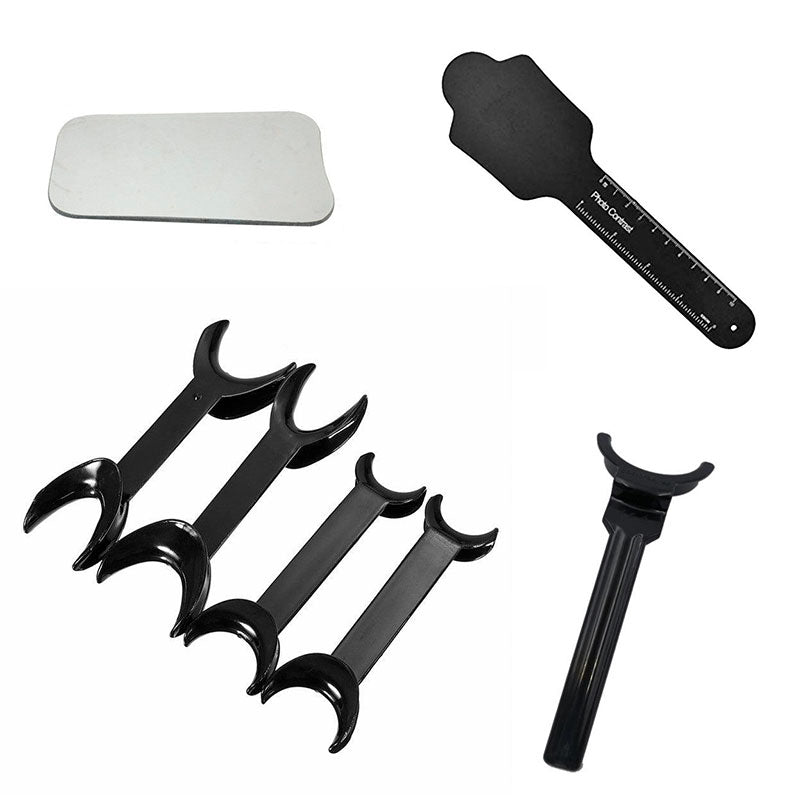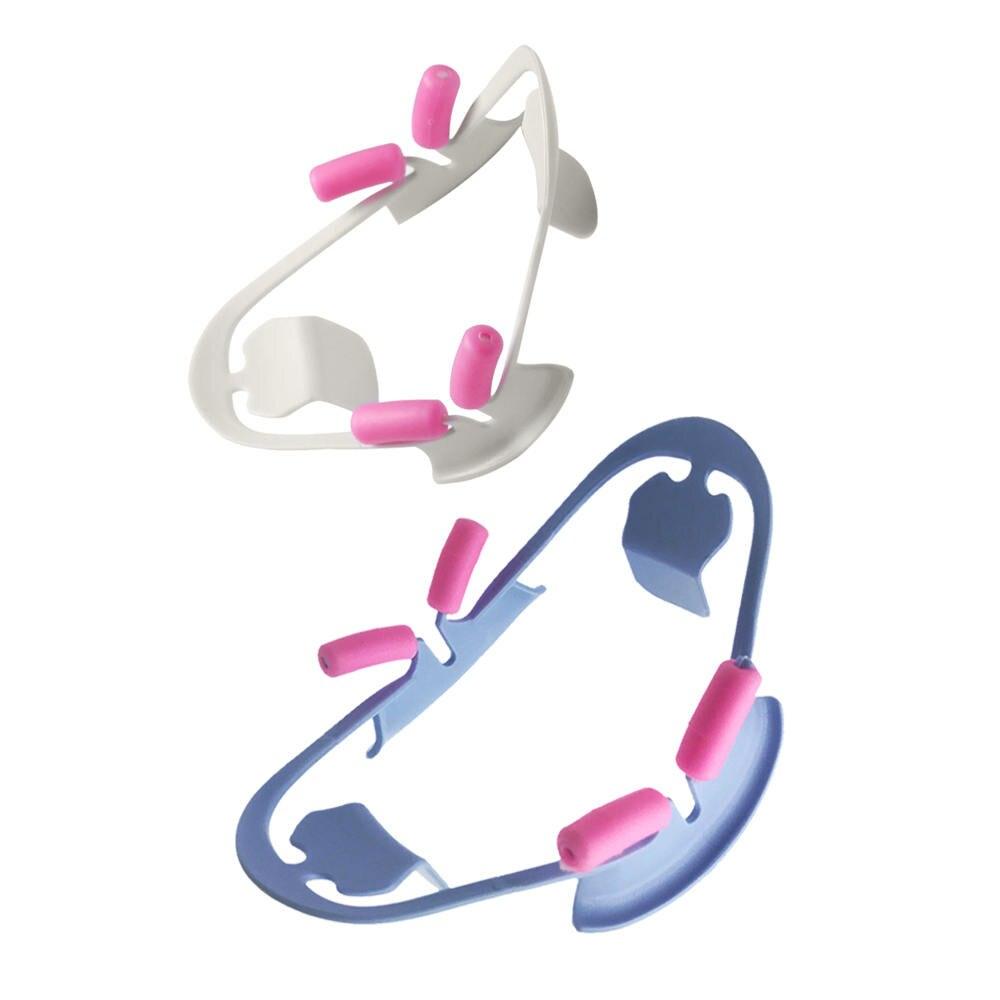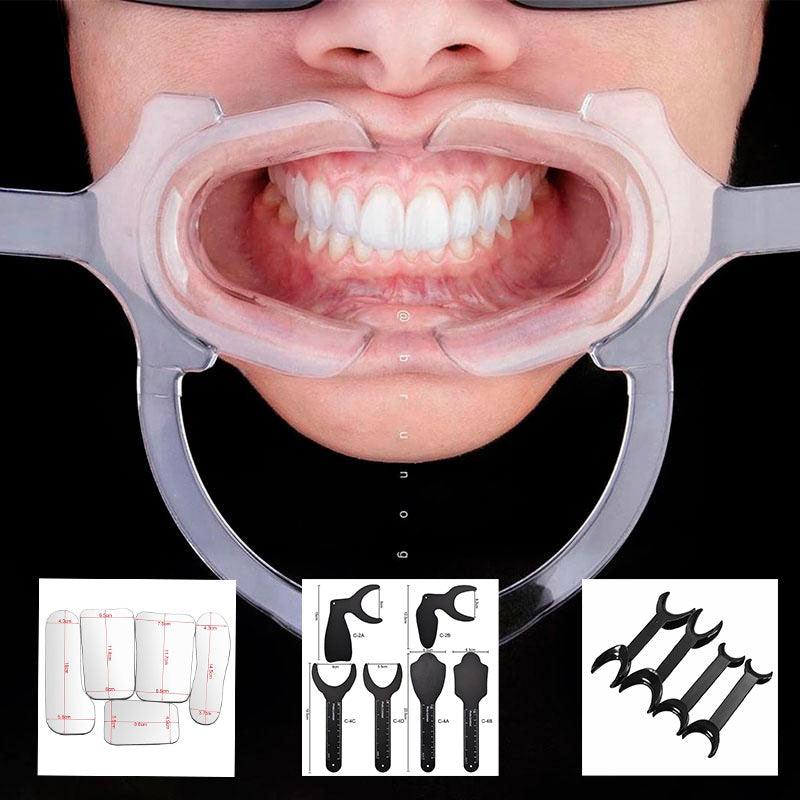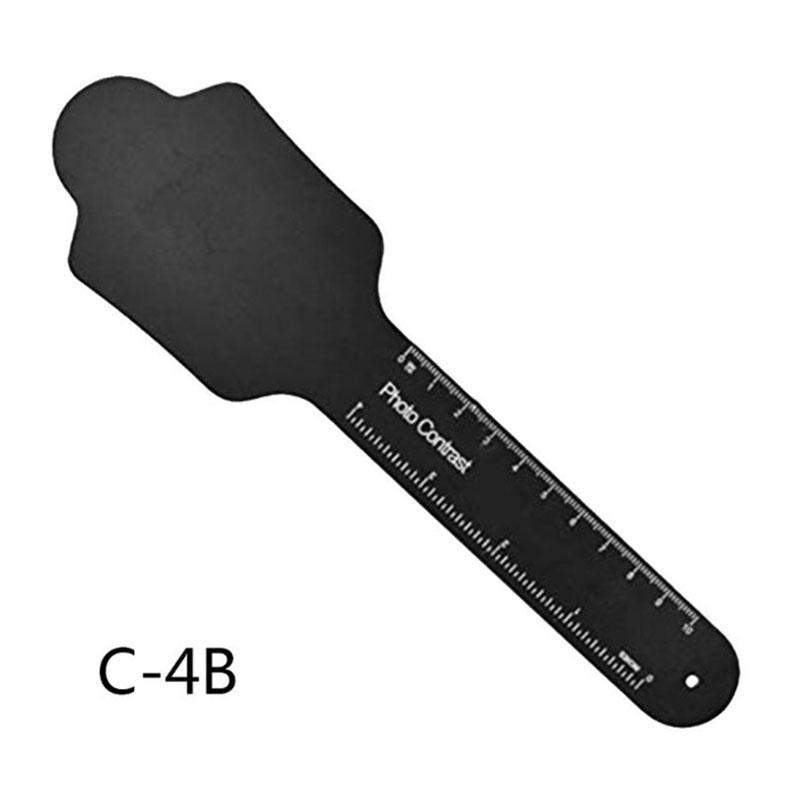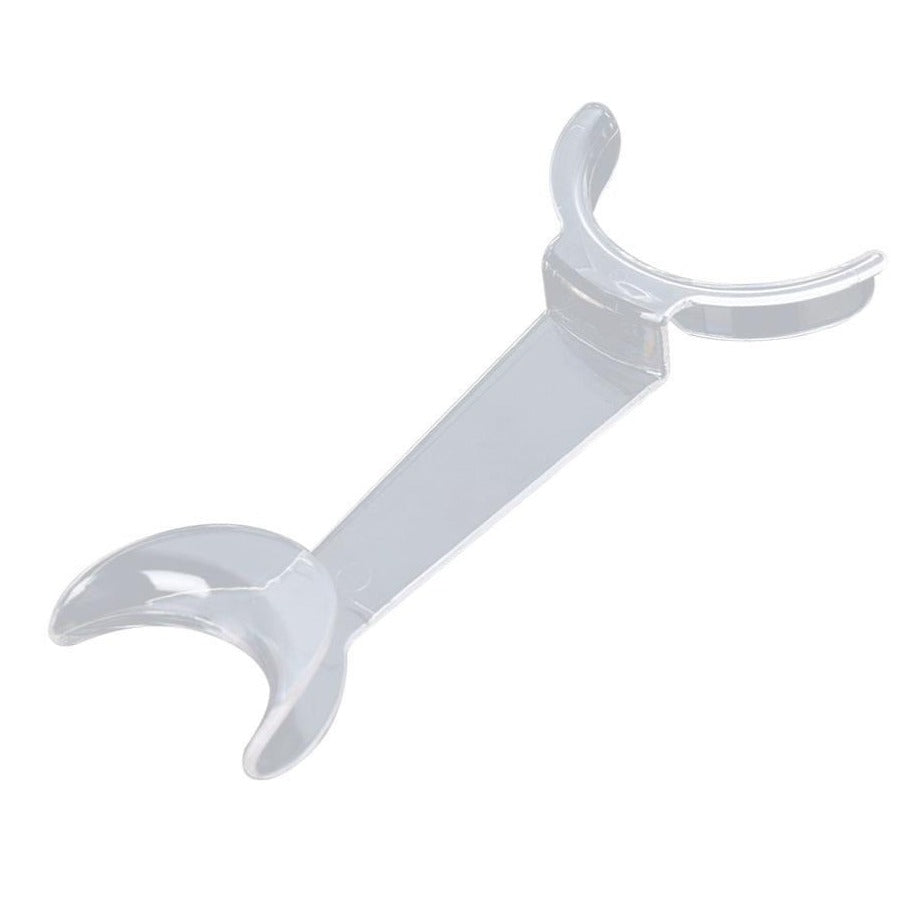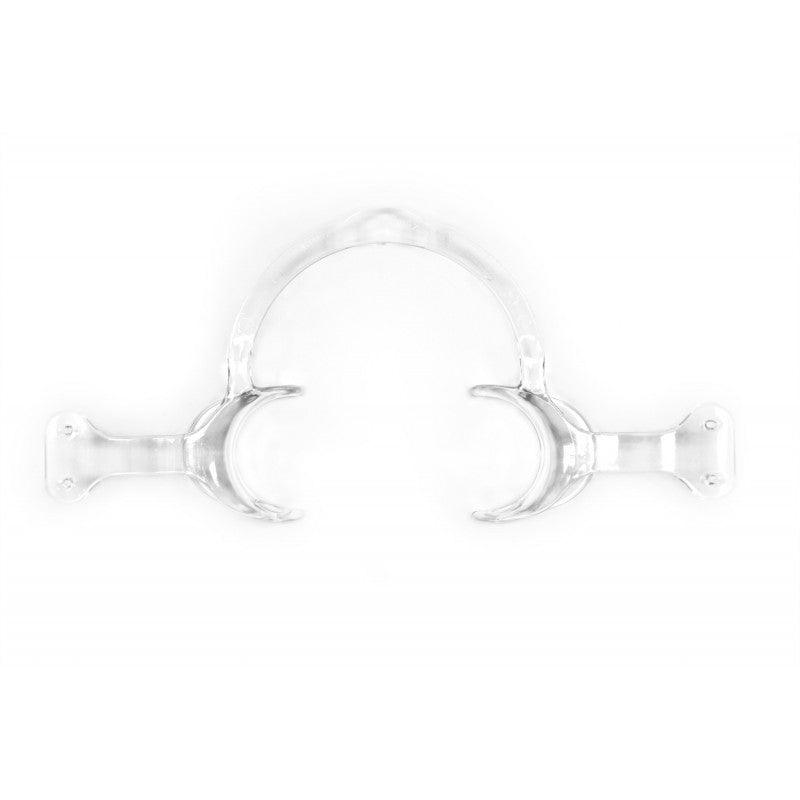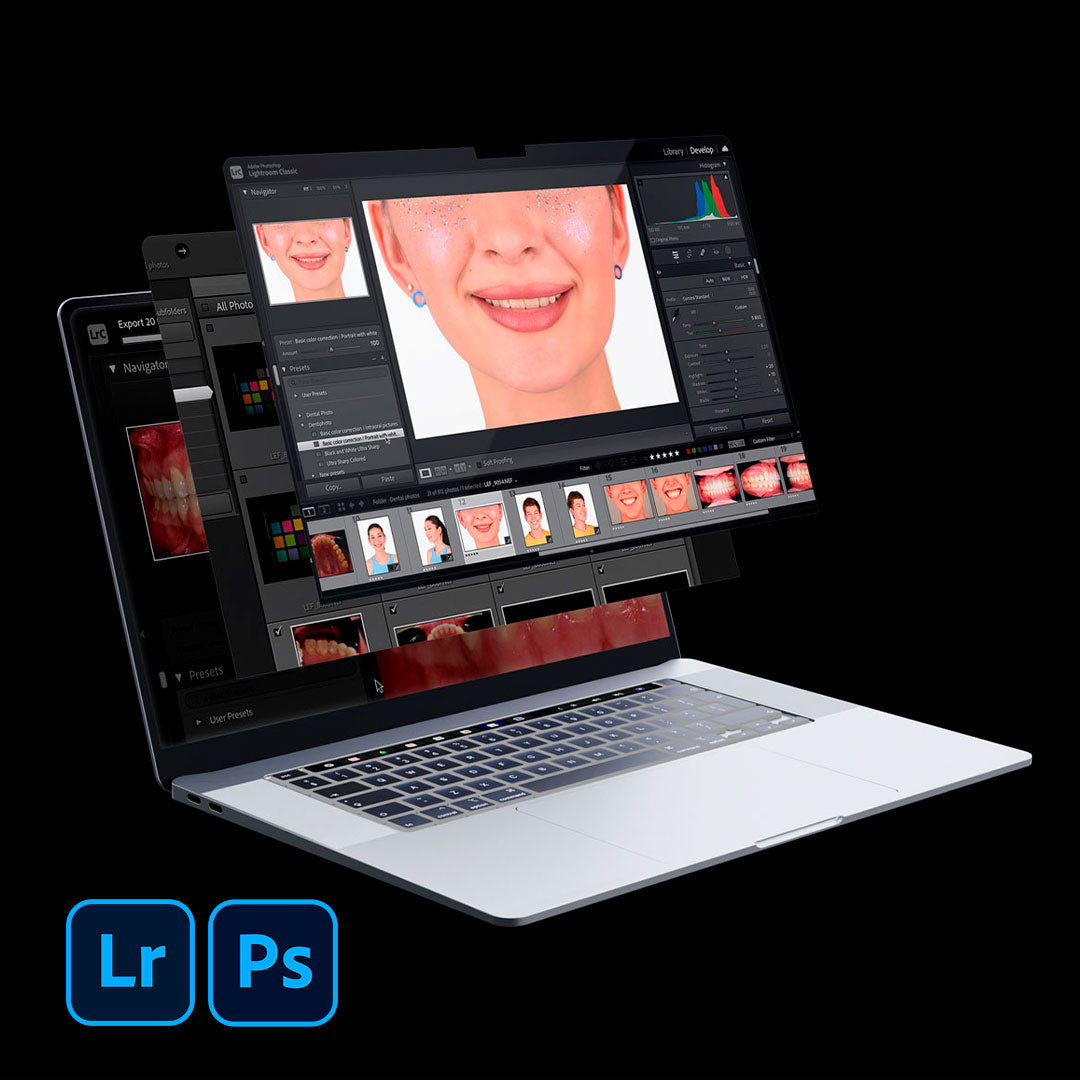Before diving into camera settings, lighting techniques, and photographic protocols, it's crucial to choose the appropriate photographic equipment. Dental photography requires a specialised set of tools comprising three essential components: a camera body, a macro lens, and a macro flash. This guide will provide an in-depth exploration of how to select a camera suitable for dental imaging.
Which Camera is Ideal for Dental Photography?
For dental imaging, DSLR (Digital Single-Lens Reflex) and mirrorless cameras are the most suitable options. Devices that lack interchangeable lenses, such as digital compact cameras and smartphones, have limitations that make them less effective for professional dental photography.
Limitations of Digital Compact Cameras:
- No Interchangeable Lenses: These cameras do not support lens changes, restricting versatility.
- Incompatibility with Macro Flashes: They cannot be connected to macro flashes like ring or twin flashes.
- High Cost: Despite their limitations, they are often priced similarly to entry-level or semi-professional DSLR cameras.
Limitations of Smartphones:
- Small Sensors: Resulting in lower image quality compared to dedicated cameras.
- Low Light Sensitivity: Poor performance in low-light conditions.
- Low Resolution and Detail: Images lack the high resolution and detail needed for professional work.
- Inaccurate Color Reproduction: Challenges with precise color rendering and white balance.
- Inability to Use Macro Flashes: Limits lighting options for intraoral photography.
- Image Distortion: Distortion occurs when shooting at close distances.
While smartphones have significantly improved and now include features like telephoto lenses, they still don't match the capabilities of dedicated cameras. However, using a smartphone can be a temporary solution if acquiring a proper camera isn't feasible. The key is to cultivate the habit of documenting your work consistently.
Comparing DSLR and Mirrorless Cameras for Dental Photography
Understanding the differences between DSLR and mirrorless cameras can help you make an informed decision.
DSLR Cameras
Description: DSLR cameras use a complex optical system involving a mirror and a pentaprism to direct light into an optical viewfinder. When you press the shutter button, the mirror flips up, allowing light to reach the sensor. These cameras are generally bulkier, which can be a consideration during extended dental photography sessions.
Advantages:
- Long Battery Life: Efficient power usage allows for longer shooting sessions.
- Wide Range of Lenses: Extensive selection of lenses to suit various needs.
- Proven Technology: Reliable performance based on longstanding technology.
Disadvantages:
- Mechanical Wear: The mechanical shutter can wear out over time.
- Size and Weight: Bulkier design can be cumbersome during prolonged use.
- Slower Video Autofocus: Less efficient autofocus when recording videos.
- Limited Video Capabilities: Often lack 4K support and have lower frame rates.
Mirrorless Cameras
Description: Mirrorless cameras eliminate the mirror mechanism, allowing light to hit the sensor directly. The image is displayed in real-time on an electronic viewfinder or LCD screen, simplifying the shooting process and enabling you to preview the shot before capturing it. Their lighter and more compact design enhances usability in daily practice.
Advantages:
- Electronic Viewfinder: Real-time preview of how settings affect the final image.
- In-Body Image Stabilization: Steadier shots when shooting handheld.
- Advanced Autofocus Tracking: Continuous focus on moving subjects for increased accuracy.
- High ISO Performance: Better low-light shooting with minimal noise.
- Modern Video Features: Support for 4K video at high frame rates.
- Compact and Lightweight: Easier to handle during long sessions.
- Electronic Shutter Durability: No mechanical parts to wear out.
Disadvantages:
- Battery Life: Shorter battery duration compared to DSLRs.
- Cost: Higher prices, especially for models with advanced features.
Types of Cameras: Entry-Level, Semi-Professional, and Professional
Cameras are generally categorized based on sensor size and features.
Entry-Level Cameras
Examples: Canon EOS 250D, Nikon D3500
- Sensor: APS-C (crop sensor)
- Ideal For: Beginners or professionals new to dental photography.
- Features: Affordable with essential functionalities.
Semi-Professional Cameras
Examples: Canon EOS 90D, Nikon D7500
- Sensor: APS-C (crop sensor)
- Ideal For: Those with some experience seeking better image quality.
- Features: Enhanced functions and improved performance.
Professional Cameras
Examples: Canon EOS 6D, Canon EOS 5D Mark IV, Nikon D850
- Sensor: Full-frame
- Ideal For: Professionals requiring maximum image quality for marketing, social media, presentations, or lectures.
- Features: Higher resolution, better detail, and advanced functionalities.
Note: Many advanced features in professional cameras, such as high-speed continuous shooting, fast autofocus, 4K video recording, and extensive customization, may not be essential for standard dental photography, where settings and angles are consistent, and the subject is stationary.
For more information you can buy our special
Dentiphoto eBook | Dental Photography: Equipment and Settings

Conclusion
Choosing the right camera for dental photography is a pivotal step toward achieving high-quality documentation and enhancing your practice. Both DSLR and mirrorless cameras have their advantages and can effectively serve in dental settings based on your specific needs. Crop sensor cameras are often sufficient and cost-effective for standard dental photography, while full-frame cameras offer superior quality for advanced applications like marketing and large-scale presentations.





